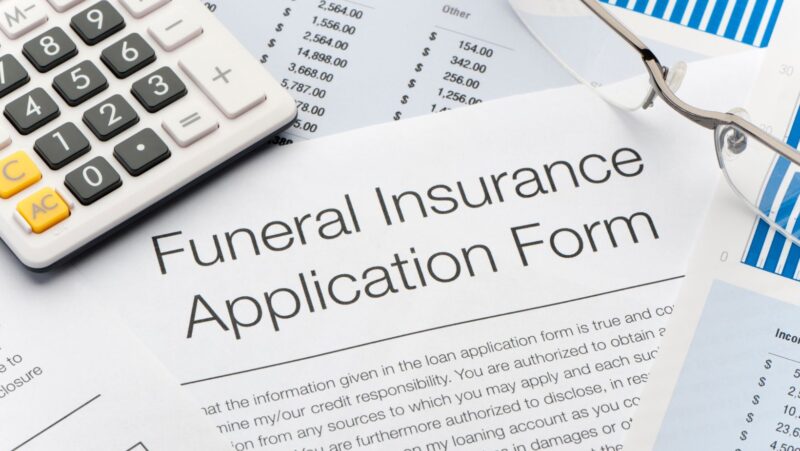
Taking a career break is becoming more and more normal nowadays. A survey conducted by Linkedin with 23,000 workers in 2022 found that 62% of people had taken a career break already and 35% said they’d be open to the idea in the future. This article will explore why people step away, how the professional landscape is changing, and what actionable steps can help anyone, from mid-career professionals to students, return stronger than ever.
Why Professionals Take Career Breaks and What That Means for Their Comeback
The reasons why someone takes a career break can vary greatly, but these reasons are usually related to personal issues or external factors beyond someone’s control, such as illness or global issues. It is important to mention that the number of workers who pause their careers may vary between men and women.
LinkedIn launched its Career Breaks profile feature in March 2022, as a response to the changes in the workplace due the COVID-19 pandemic. This new feature allows members to capture their life experiences and skills learned during a work pause. Thanks to this new feature it was shown that more women list career breaks on their profiles than men, 16 countries were analysed and they concluded that women who listed career breaks on their profile are 63.5% larger than men. On average, 28.8% more women list a career break than men globally.
For the job market, people who pause their careers can be frowned upon. There is a term called “career break penalty” and some workers who have taken a career break report that they have difficulty being seen again by recruiters, regardless of how well qualified they are.
Career paths are no longer straight lines, adaptability and lifelong learning are the new professional currencies. For college students and emerging professionals, understanding this dynamic early helps build resilience. Take Hey Sunday, for example — they love supporting students who care about causes like environmental sustainability. And brands like Live It Up share that same spirit, offering scholarships for health students and dietitians to make sure financial challenges don’t hold anyone back.
How the Workforce Landscape Is Changing: Returnships, Employer Initiatives & Your Advantage
The corporate world is evolving fast. Some companies offer returnship programs, this helps workers returning to the market have more opportunities to get a job. Examples of companies offering this type of program are Asana, Audible, Cummins and General Motors.

These initiatives are reshaping how employers view talent and can give hope to those who need to return to work, in addition to being a great way for companies to hire experienced workers with new perspectives. If you’re preparing a comeback, now is the time to:
- Rebuild your network: reconnect with old contacts and explore communities like iRelaunch, which specialize in re-entry support.
- Showcase your growth: employers increasingly value emotional intelligence, adaptability, and empathy, qualities often strengthened during career breaks.
- Align with the right opportunities: seek organizations that publicly support re-entry, flexibility, and lifelong learning.
When looking for companies to return to the job market, choose those that are known for valuing their employees. Companies like these are great for professional growth and for feeling more comfortable returning to work after months away.
Do some research and check out the companies social media pages to learn more about their culture and even read reviews from people who work or have worked there. In addition to the companies mentioned above that offer returnship programs, PrimePutt for example, combines strong values with a great company culture, not only promoting a product but also building a community around golf, where players and enthusiasts can connect, share experiences, and feel part of an inclusive and people-centered brand.
A Step-by-Step Framework for Re-Entering the Workforce
Re-entering the workforce after a break involves six key steps: reflect on your gap, refresh your skills, update your story, rebuild your network, target flexible opportunities, and manage expectations. Learn more about each one of them:
| Step | Focus | Example Action |
| Reflect on Your Gap | Identify transferable skills | Caregiving → organization, leadership, empathy |
| Upskill & Refresh | Complete short courses or certificates | Micro-learning, volunteering, online degrees |
| Explore New Paths | Start a new degree | Search for colleges and courses |
| Update Your Narrative | Frame your gap as professional growth | Highlight lessons gained during the break |
| Rebuild Your Network | Reconnect through LinkedIn and mentorships | Attend alumni events or industry webinars |
| Manage Expectations | Ease back with flexible or project-based roles | Contract, hybrid, or returnship opportunities |
Platforms like that offer guidance about how to choose a college and scholarships make it easier to refresh your credentials or explore new industries entirely. In addition to helping you find a new field of study, it helps you find a scholarship, which can be very necessary for those who are still going back to work and earning an income.
What Students and Early Career Professionals Can Learn from These Comebacks
For college students and early-career professionals, the stories of returners offer a vital lesson: careers are marathons, not sprints.
- Anticipate pauses. Life happens, so preparing yourself mentally and financially for possible career interruptions builds long-term stability.
- Invest continuously. The fastest-growing professionals are lifelong learners who constantly upskill through workshops, certifications, or degree programs.
- Redefine success. Breaks aren’t derailments, they’re opportunities to pivot, grow, and realign your goals with your values.
By embracing flexibility now, you’ll build a career resilient enough to weather any future pause or pivot.
Conclusion
The narrative of career breaks is shifting from setback to strength. Each professional who steps back and returns adds proof that talent doesn’t expire, but evolves. If you’re considering a return or planning for one in the future, start with reflection, reskilling, and a strong support network. Use the internet so you can search about the topic, new possibilities of career, which field of study has more job opportunities and anything that can be useful for your comeback.
References:
Ibec. (2024) “Tackling the career break penalty” https://www.ibec.ie/connect-and-learn/insights/insights/2024/03/01/tackling-the-career-break-penalty
Flexjobs. (2025) “15 Companies With Return to Work Programs (Returnships)” https://www.flexjobs.com/blog/post/flexible-companies-with-return-to-work-programs
Benchmark. (2024) “How a career break might affect your retirement and what you could do about it” https://www.benchmarkcapital.co.uk/en-gb/uk/individual/insights/how-a-career-break-might-affect-your-retirement-and-what-you-could-do-about-it/
Linkedin Economic Graph. (2024) “Global Gender Gaps in Career Breaks” https://economicgraph.linkedin.com/content/dam/me/economicgraph/en-us/PDF/gender-gaps-in-career-breaks.pdf







